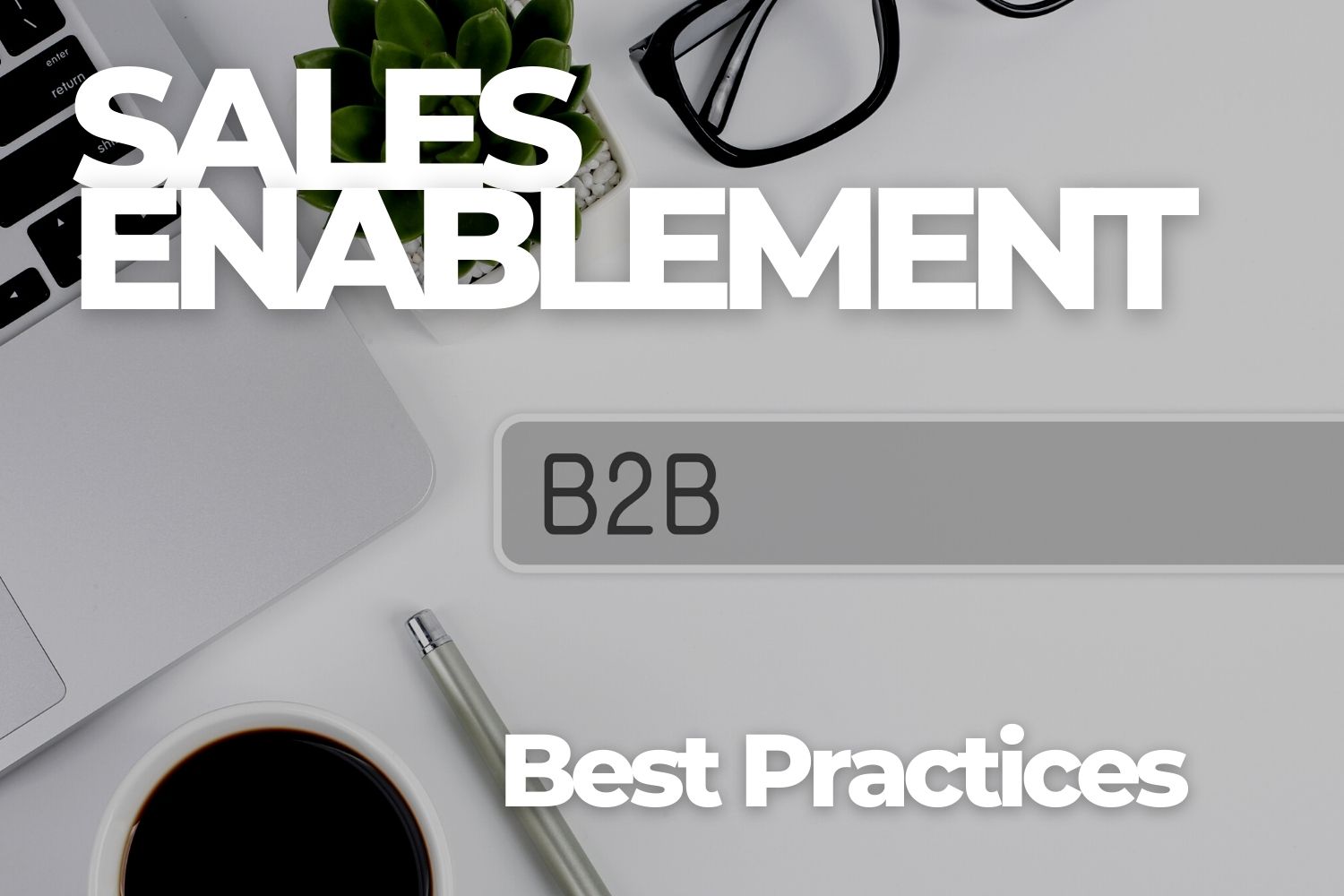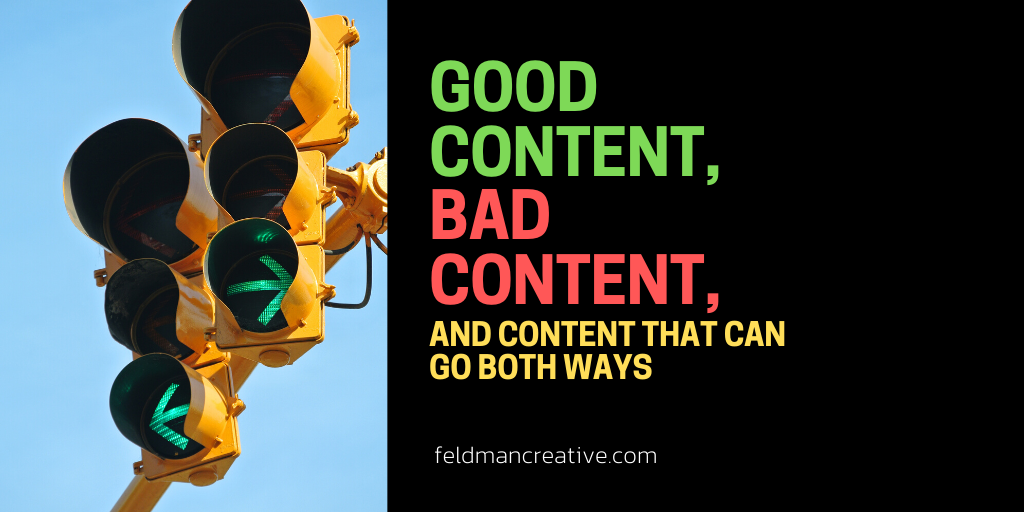HubSpot wrote the book on Inbound Marketing in 2010, literally. It’s 215 pages of awesome insights. You need to read it.
Recently, they published their annual inbound marketing report. It’s 175 pages. You don’t need to read it.
I know you’re not going to read a report that long. Read this article instead. I’ll give you the skinny, literally.
Inbound is seeing some badass growth.
The report essentially says:
- A majority of companies do inbound now.
- More budget goes to inbound than outbound.
- Inbound budgets have increased at a near 50% pace the past three years.
I’m an inbound advocate through and through. You’ll find my (brief) ebook, “The Plan to Grow Your Business with Effective Online Marketing,” begins by introducing the idea and explains how vital it is. It’s encouraging to learn the scales have tipped toward inbound.
The smart money is on inbound.
- Inbound delivers 54% more leads than traditional outbound with lower costs per lead.
- Inbound marketers double website conversion rates.
- Testing drives major ROI improvements.
Good news, but not amazing. In the online age, the customer is in control and buying cycles begin with search. When someone lands on your website, they are far more likely to be a qualified prospect and therefore, far more likely to take action.
There’s nothing hard, scary, or cost-prohibitive about testing. So do it. Effective marketers amplify what works, kill what fails, and refine the stuff in between.
Inbound confusion abounds.
- A substantial percentage of survey respondents don’t understand how to define inbound marketing.
- A scary percentage cannot or do not effectively analyze ROI.
The report indicates many still can’t put their finger on what “inbound marketing” means. In response, they offer this:
Inbound marketing is a holistic, data-driven strategy that involves attracting and converting visitors into customers through personalized, relevant information and content –- not interruptive messages – and following them through the sales experience with ongoing engagement.
I warned you. The report’s a wordy beast. I’m here to trim the fat.
Inbound marketing is getting customers to find you online.
The report also says we have an analytics problem. 34% of businesses cannot or do not calculate overall inbound ROI.
I won’t tell you this is easy, but I will tell you it’s perfectly doable. If you’re serious about online marketing, it’s time to get serious about marketing metrics. For establishing your credibility, earning the respect of your executive team and securing the budget you need, nothing will be more important. So my advice is to learn how to measure your return and put some processes in place.
Inbound scares the poop out of peeps.
- Many shy away from adopting inbound marketing because they perceive it to be a lot of work.
So, you’d rather not get into those pesky programs that require work? Okay. The line for the magic, high-return, low-effort marketing program is over there. Can’t find it? It’s the one marked “Unemployment.”
Inbound marketing is a strategy.
- HubSpot wants you to know inbound marketing is not a channel or technology.
- You need to change your approach and focus on end-to-end marketing practices.
- Stay true to your customer personas.
- Track your progress relentlessly.
The report offers oodles of evidence proving you need a blog and you need to publish content often. If you’re not in for that, I can’t think of any reason why you’d want to spend any more time with this article, or really, almost any article about online marketing.
You need to understand the customer.
- 50% consider their companies to be customer-focused.
- 25% say reaching the right audience is their top priority this year.
I think these are encouraging findings, but I must say I can’t help but wonder if half of the survey’s respondents focus on their customers, what do the other half focus on? I suppose a 2-second look at their websites would deliver the answer. They’re focused on themselves.
Inbound marketing needs more muscle.
- Fifty-one percent of all inbound teams contain fewer than six people.
- Even at the enterprise level, 31% of marketing teams contain five or fewer full-time employees.
I’m not sure what to do with this one. Yes, for simplicity sake, you can use the size of the staff as a means of comparison. But rather than count heads, I propose counting the number of people that understand how to do inbound marketing and the company’s level of commitment to it.
The report does say most companies plan to double their headcount this year. Remember though…
Manpower doesn’t equal marketing power.
Content is not the key, but it’s a key.
In its adorably verbose way, the report says…
Despite the wealth of recent articles heralding the rise of content produced for marketing, our research shows that only 18% of marketers are purely focused on developing quality content in 2013.
I should probably point something out to you here. A war of words has been going on for some time between Team Inbound and Team Content. It’s silly and no one cares, but still, it compels HubSpot to fire shots such as “content marketing is not quite the panacea some in the industry claim.”
For some reason (which I can’t explain), the report prioritizes prioritizing:
Finding and converting quality leads and identifying the right audience rank more important in terms of marketers’ overall priorities.

Again, some unproductive jockeying is going on and you need not pay it any mind. I mean, c’mon, is there something to be gained by ranking the importance of content against getting quality leads?
Let’s not allow number noodling to confuse real priorities. As a marketer, you must develop quality content. Without a content marketing strategy, the inbound marketing formula is a bag with nothing in it. Hot air. Or it’s advertising. Or noise.
What it isn’t is media people welcome into their lives.
Marketers need that or they’re doomed.
The report’s overview continues to confuse its content marketing message by dropping jargon bombs. Then, on page 11, it answers “What is inbound marketing?” And just 164 pages later, you’re all caught up on its current state. Plus, in its final line, you’re given a link to get more information about the study. More?
Less is more, isn’t it?







Comments
yassin
great summary. thanks.